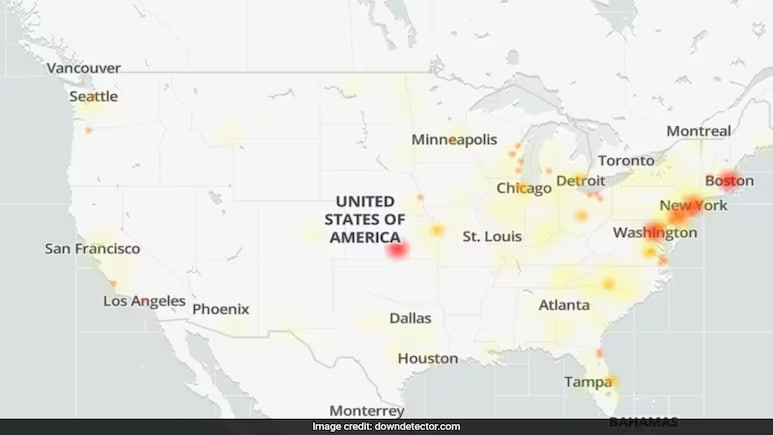Absolutely, creating an online education system for a school involves a multifaceted approach that combines technology, pedagogy, and administrative planning. Here’s a comprehensive guide to assist schools in establishing a robust online education system:
Embracing Online Education for Schools
The education landscape has undergone a transformative shift towards online learning, and schools are increasingly exploring ways to integrate technology into their curriculum. Establishing an effective online education system requires careful planning and implementation to ensure a seamless learning experience for both students and educators.
Step 1: Define Objectives and Requirements
#### Identify Educational Goals
Begin by outlining the educational objectives you aim to achieve through online learning. Consider factors such as flexibility, accessibility, interactive learning, and personalized instruction.
Assess Technological Needs
Evaluate the technological infrastructure required for an online education system. This includes high-speed internet, learning management systems (LMS), video conferencing tools, content creation software, and secure data management systems.
Step 2: Choose the Right Learning Management System (LMS)
Research LMS Options
Explore different Learning Management Systems available in the market, such as Moodle, Canvas, Google Classroom, or Microsoft Teams. Choose an LMS that aligns with your school’s requirements, offers a user-friendly interface, and provides necessary features like content delivery, assessment tools, and student tracking.
Training and Support
Provide training sessions and resources for teachers, administrators, and students to familiarize themselves with the chosen LMS. Offer ongoing technical support to troubleshoot issues and optimize the platform’s usage.
Step 3: Develop Engaging Content
Create Multimedia Learning Resources
Encourage educators to develop diverse and engaging content such as videos, interactive presentations, quizzes, and online assignments. Utilize multimedia tools and educational software to enhance the learning experience.
Curriculum Adaptation
Adapt the existing curriculum to suit an online environment. Ensure that learning materials are accessible, engaging, and structured for online delivery, considering different learning styles and abilities.
Step 4: Implement Interactive Teaching Methods
Live Sessions and Webinars
Integrate live sessions and webinars for real-time interaction between teachers and students. Conduct virtual classrooms, discussions, and Q&A sessions to promote engagement and collaboration.
Collaborative Projects and Assignments
Facilitate collaborative learning by assigning group projects, discussions, and interactive assignments that encourage peer-to-peer interaction and teamwork.
Step 5: Monitor Progress and Assessment
#### Assessment and Feedback Mechanisms
Implement varied assessment methods such as quizzes, assignments, and online exams within the LMS. Provide timely feedback to students to track their progress and offer personalized guidance.
Analytics and Reporting
Utilize the analytics tools provided by the LMS to track student engagement, participation, and performance. Use this data to identify areas for improvement and tailor instructional strategies accordingly.
Step 6: Ensure Accessibility and Security
Accessibility Compliance
Ensure that the online education system is accessible to all students, including those with disabilities. Follow accessibility standards to accommodate diverse learning needs.
Data Security Measures
Implement robust security measures to protect sensitive student data, ensuring compliance with data protection regulations. Regularly update security protocols and conduct audits to maintain a secure learning environment.
Establishing an online education system for a school demands careful planning, technological integration, and pedagogical innovation. By defining clear objectives, leveraging appropriate technology, developing engaging content, fostering interactive learning experiences, and ensuring accessibility and security, schools can create a dynamic online learning environment that meets the diverse needs of students and educators.
Building an online education system involves a lot of moving parts, but with a thoughtful approach and the right tools, schools can create enriching learning experiences beyond the traditional classroom setting.






